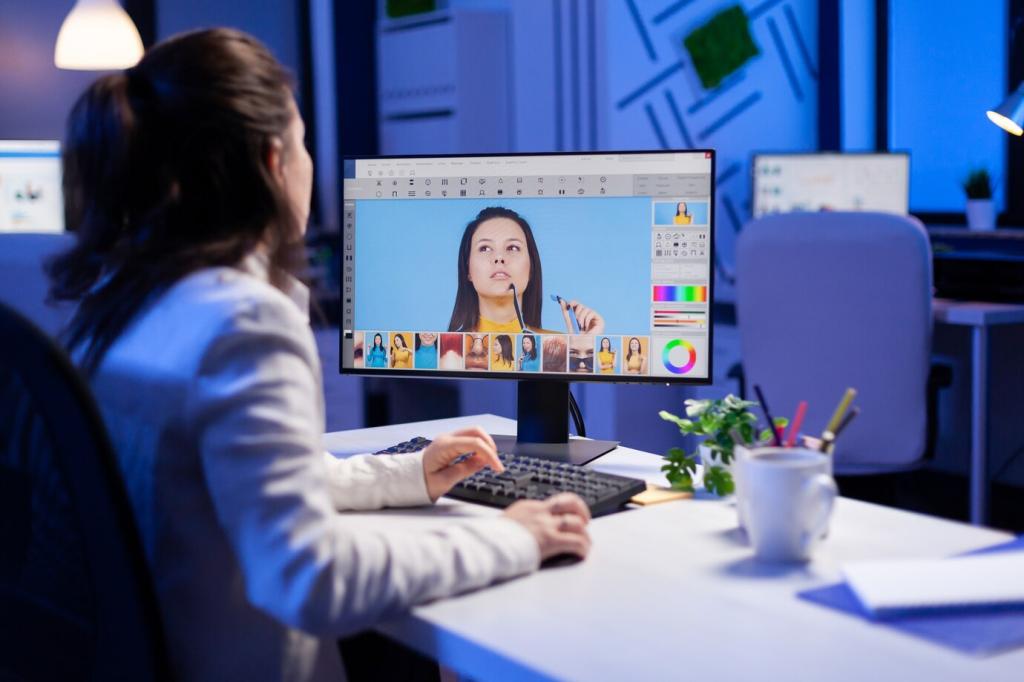The Impact of VR on Interior Design Projects
Virtual reality (VR) technology is rapidly transforming the landscape of the interior design industry, introducing new possibilities for creativity, collaboration, and client engagement. As VR becomes increasingly accessible, its influence grows, offering both designers and clients immersive experiences that were previously impossible. This technology is bridging the gap between imagination and reality, allowing stakeholders to visualize and interact with spaces long before any physical changes occur. The impact of VR extends across all stages of interior design projects, from conceptualization and presentation to decision-making and final implementation, shaping the future of how environments are conceived, refined, and realized.
Revolutionizing the Design Process
Interior designers are no longer limited to 2D sketches or static renderings when conveying their ideas. VR enables the creation of lifelike, three-dimensional environments that clients can “walk through,” experiencing scale, color, lighting, and texture with unprecedented realism. This immersive process helps designers refine their concepts on the fly, experiment with various styles, and communicate abstract ideas in a tangible form. Clients, meanwhile, gain confidence and a deeper understanding of the project from the outset, as they can see and feel the space before construction even begins. The collaborative tinkering enabled by VR fosters more creative and effective design solutions, reducing miscommunication and streamlining the entire conceptual phase.
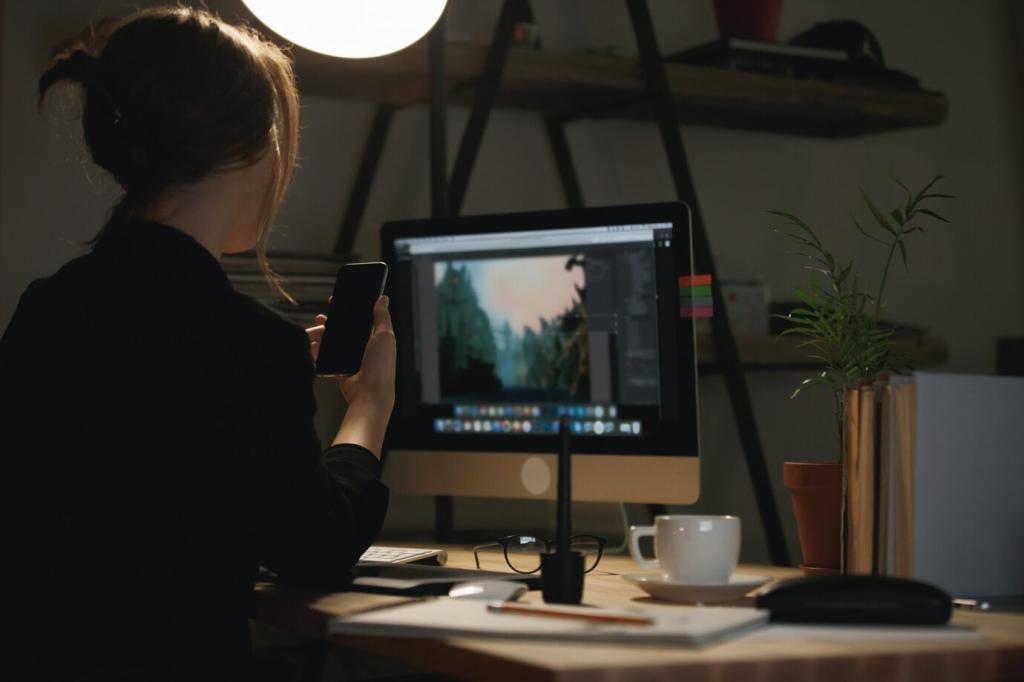
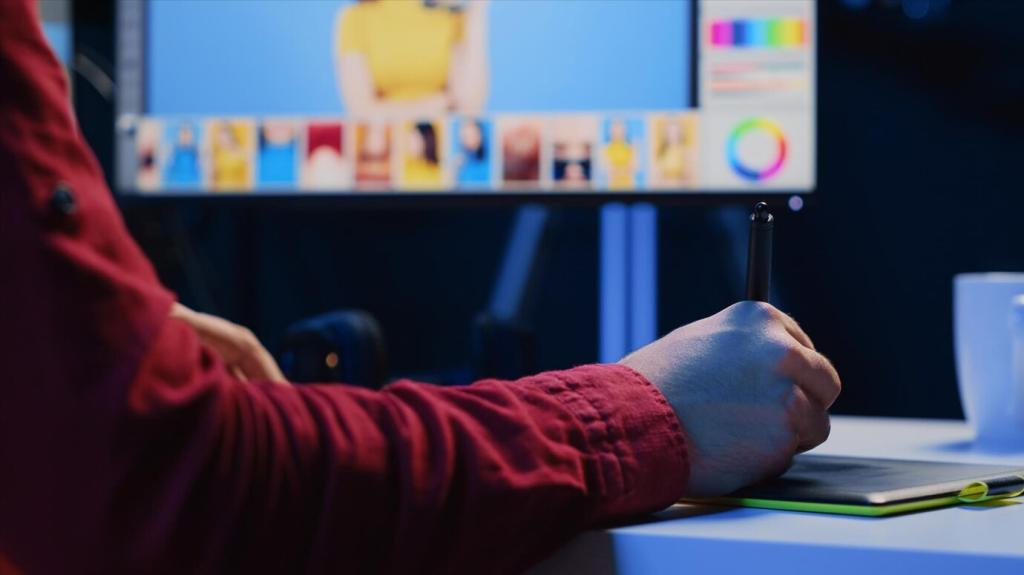
Empowering Client Visualization
Clients often struggle to interpret floor plans and visualize the end result of a design proposal. VR removes this barrier by placing them directly inside a life-size digital simulation of their future space. This empowerment allows clients to fully appreciate and evaluate every design element, from structural layouts to decorative details, lighting effects, and material choices. With VR, abstract ideas become concrete experiences, eliminating uncertainty and fostering a sense of ownership over the design process. This deeper engagement ensures that final outcomes more closely match clients’ expectations, reducing the risk of dissatisfaction or late-stage changes.
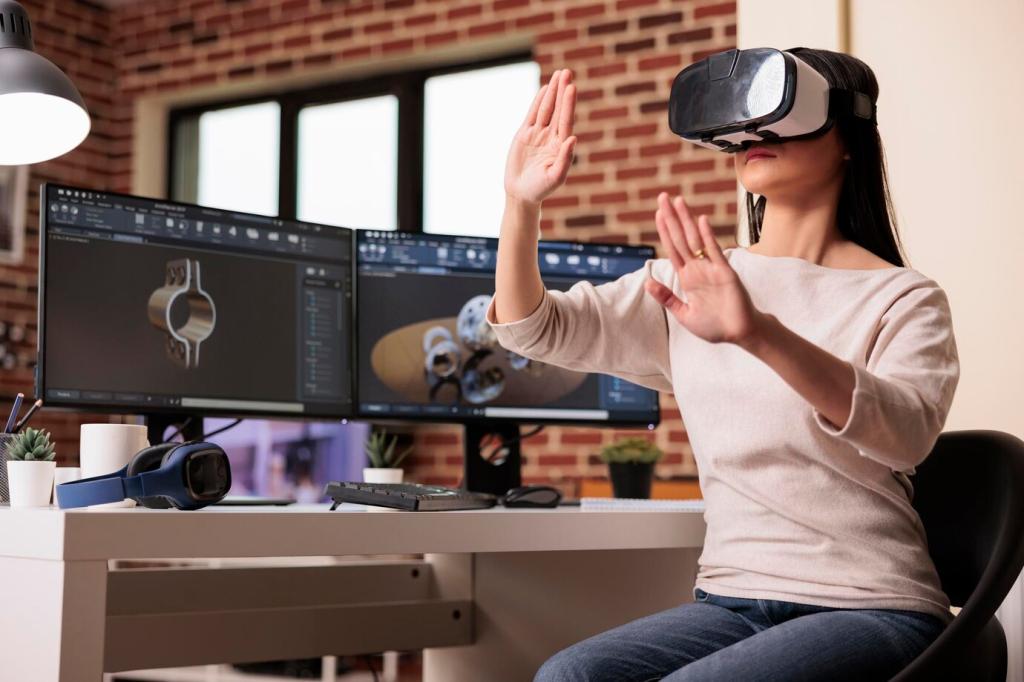
Facilitating Real-Time Feedback
One of the greatest advantages of VR in interior design is its facilitation of real-time, interactive feedback. Clients can move through virtual rooms, explore alternative configurations, and instantly share their impressions with the design team. This two-way interaction encourages honest conversations about preferences, concerns, and priorities. As a result, designers can immediately address issues, suggest creative alternatives, and adjust the design direction to better suit the client’s vision and lifestyle. The speed and clarity of this feedback loop streamline decision-making, reduce misunderstandings, and ensure that the iterative process remains productive and client-centered.
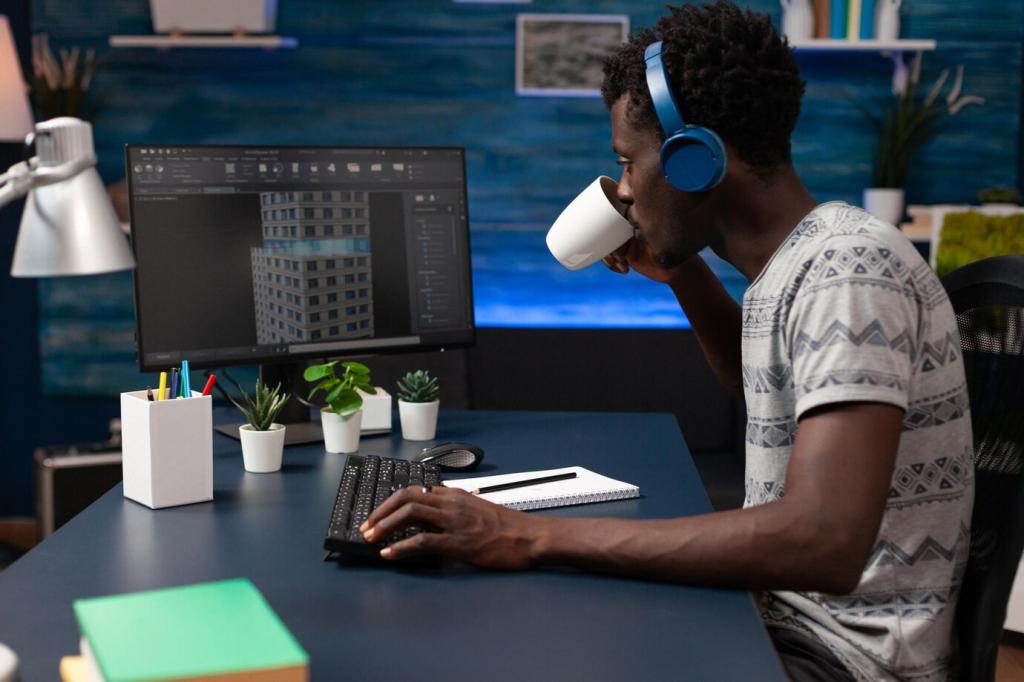
Building Lasting Trust and Satisfaction
VR’s ability to provide accurate, immersive previews of spaces builds lasting trust between clients and interior designers. Clients no longer have to rely on imagination or vague renderings; they can see and experience their future environments firsthand. This transparency promotes confidence and reassures clients that their investment is being handled with care and attention to detail. As expectations are more accurately set and met, satisfaction rises, and the likelihood of successful referrals and long-term relationships grows. In an industry built on reputation and word of mouth, the trust fostered through VR becomes a powerful asset for design professionals.
